Top Things to Know Before Buying Interior Garden
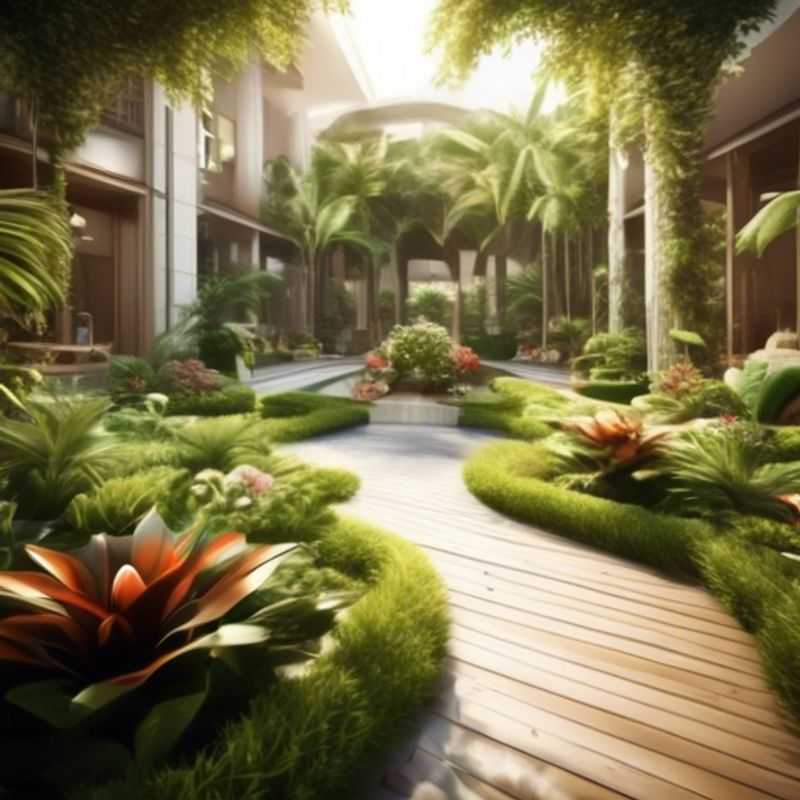
Top Things to Know Before Buying an Interior Garden: Sunlight, Plant Variety, Space, Soil, Maintenance, Humidity, Lighting
Bringing the outdoors in with an interior garden is a fantastic way to enhance your living space and well-being. However, before you dive into this project, it's crucial to consider some key factors to ensure a thriving and enjoyable experience.
Determine the amount of sunlight the area receives throughout the day.
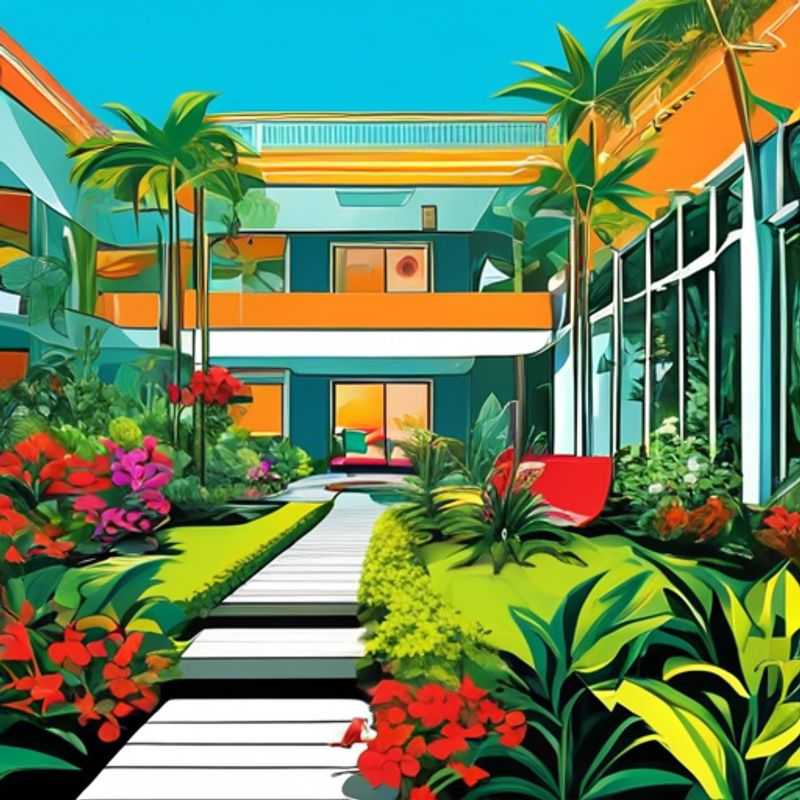
How to Determine Sunlight Exposure Throughout the Day: A Practical Guide
Determining the amount of sunlight an area receives throughout the day is crucial for various applications like solar panel placement, gardening, and even architectural design. Here's a quick guide to help you estimate the sunlight exposure of a location.
1. Use a Sunlight Calculator: Numerous online tools and apps are available that can help you determine the amount of sunlight an area receives based on its location, time of year, and even specific time of day. These calculators use geographic data and astronomical calculations to provide accurate estimations. Some popular options include the National Renewable Energy Laboratory's (NREL) "PVWatts" and the "SunCalc" website.
2. Observe the Shadows: During the day, observe how the shadows change throughout the day. Notice the direction and length of the shadows at different times. This can give you a general idea of the sun's path and the amount of sunlight the area receives. For example, a short shadow indicates that the sun is high in the sky and the area is receiving direct sunlight, while a long shadow indicates that the sun is low in the sky and the area is receiving less direct sunlight.
3. Consider the Obstacles: Buildings, trees, and other structures can cast shadows and block sunlight. Analyze your location and note any obstacles that might affect the amount of sunlight it receives throughout the day.
4. Use a Sun Chart: Sun charts, also known as solar path diagrams, are visual representations of the sun's position in the sky throughout the year. You can find free sun charts online or purchase specialized ones for your specific location. These charts can provide a more precise understanding of the sun's path and the amount of sunlight the area receives throughout the year.
5. Utilize Apps: Several smartphone apps are specifically designed to track and predict sunlight exposure. These apps use GPS data and other information to provide real-time and projected data on the amount of sunlight an area receives throughout the day. Some popular options include "Sun Seeker" and "Sun & Moon."
Note: While these methods offer useful estimations, factors like cloud cover and weather conditions can significantly impact the actual amount of sunlight received. Remember that these methods provide a general idea, and for specific projects, consulting with a solar expert or architect might be necessary.

Bringing the Outdoors In: Researching Indoor Plant Varieties
Choosing the right plant varieties is crucial for successful indoor gardening. You'll need plants that can tolerate your specific environment and thrive with your chosen growing method. Before you pick any plants, consider your home’s light levels, humidity, and temperature. Some plants, like snake plants and ZZ plants, are quite tolerant of low light, while others like spider plants and peace lilies need brighter conditions.
Pay attention to the humidity levels in your home. If you live in a dry climate, you may need to mist your plants more often. For this reason, consider plants that are drought-tolerant. Some good options include succulents like aloe vera or echeveria. If you live in a humid area, your choices are wider, including ferns and peace lilies.
Another important factor to consider is temperature. Ensure the plants you select are suited to your home's average temperature. For example, some tropical plants may not tolerate cold winter temperatures. You may need a plant with an intermediate temperature tolerance. Finally, think about the size of the plant. Choose plants that won't outgrow their space.
Once you’ve considered the factors mentioned above, browse for plants that are suitable for your indoor environment. There are many resources available online and in books that can help you identify the best plants for your home. Websites like Missouri Botanical Garden and Royal Horticultural Society provide extensive information on indoor plants. Don't forget to inquire with your local garden center for tailored advice on specific plants that thrive in your area.
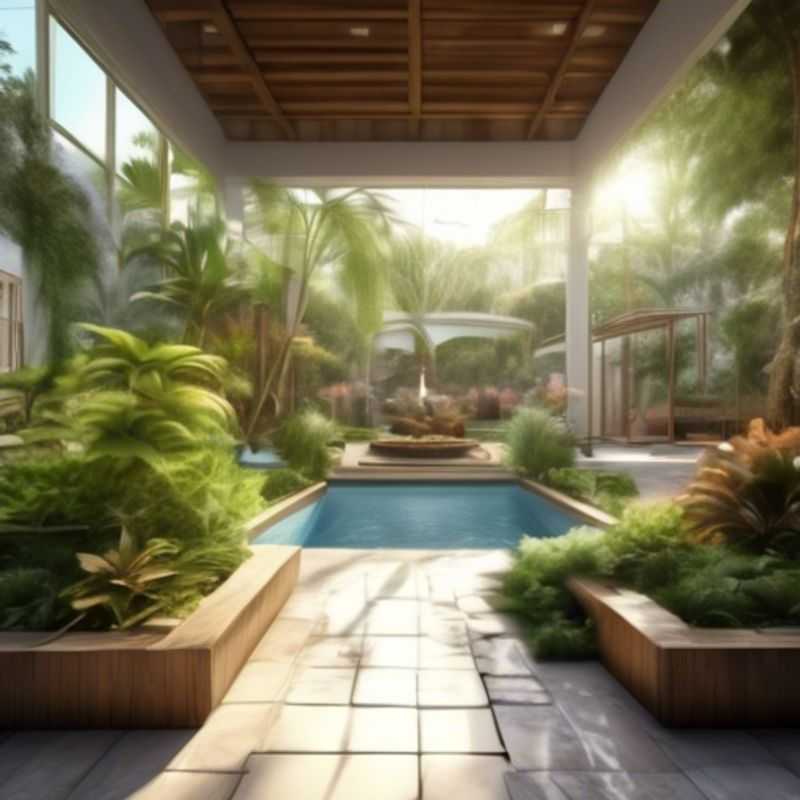
Choosing the Right Plants: Matching Size to Space
Choosing the right plant size for your space is crucial for a thriving indoor garden. Consider the plant's mature size and growth habit when making your selection. For example, a small space might be best suited for a compact, slow-growing plant, while a large room can accommodate a taller, more expansive specimen. Measure the available space, taking into account the plant's mature height, width, and root system. Consult plant care guides or online resources for information on a plant's mature size and growth rate. Properly sized plants will enhance the aesthetics of your space and provide optimal growing conditions.
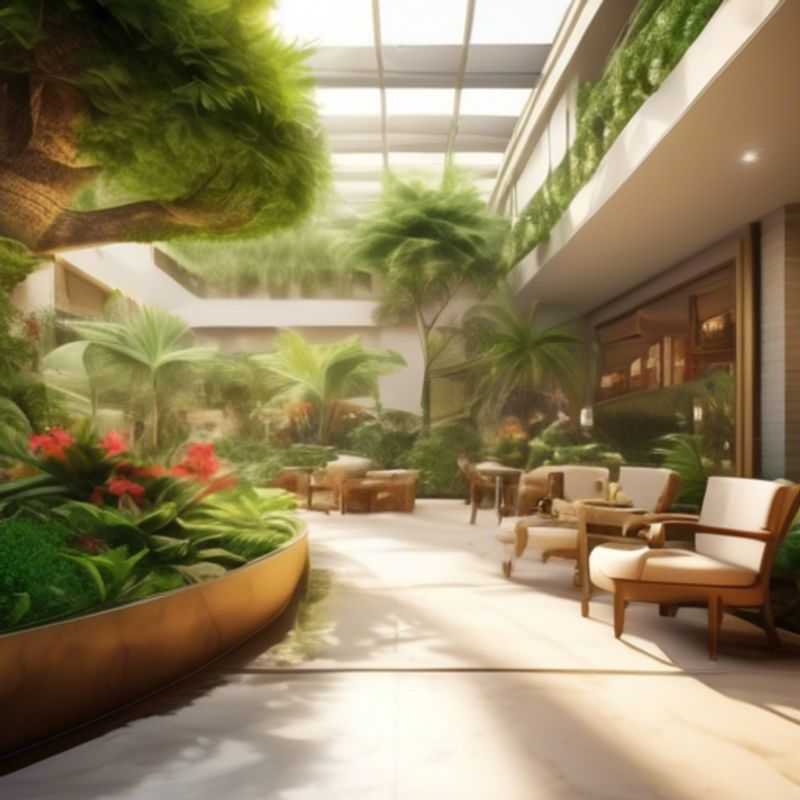
Indoor Gardening Success: Soil, Drainage, and Watering Essentials
Indoor gardening starts with the right soil. Choose a potting mix specifically designed for indoor plants, as it will provide the right balance of nutrients and drainage. Avoid using garden soil, as it can be too dense and compact, leading to poor drainage.
Drainage is crucial for indoor plants. Ensure your pots have drainage holes to prevent waterlogging, which can damage roots. Consider using pots with saucers to catch excess water, allowing you to re-use it for future watering.
Watering is a balancing act. Overwatering is a common mistake, so check the soil moisture before watering. The top inch of soil should be dry before you water again. When watering, ensure the water reaches the roots but avoid leaving the plant sitting in water.
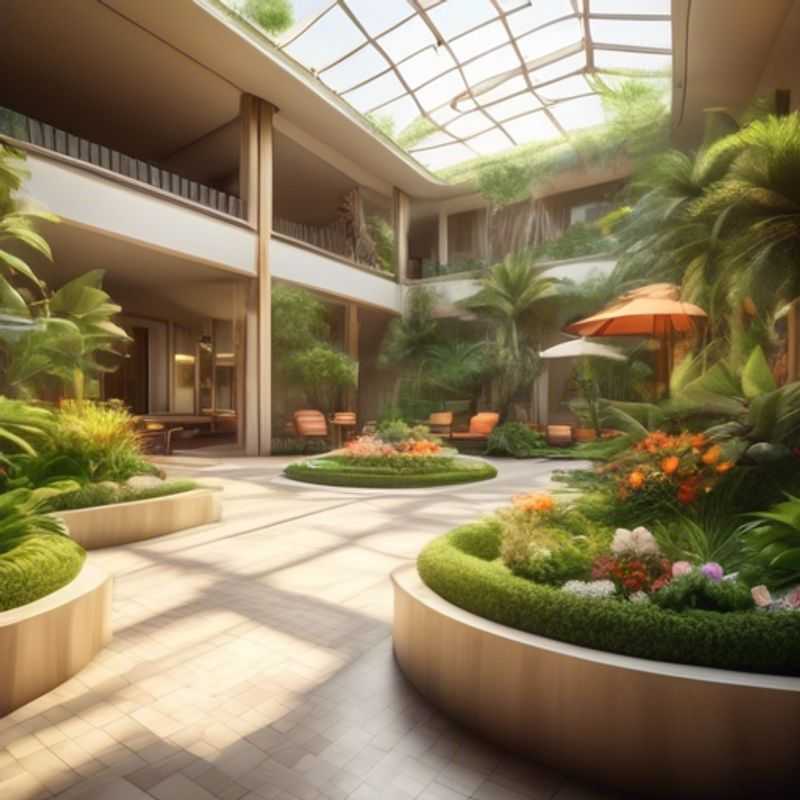
Low-Maintenance Landscaping: Easy-Care Plants for Busy Lives
Low-maintenance plants are great for busy people or those who don't have a lot of time or experience with gardening. They often require less watering, pruning, and fertilizing, making them ideal for beginners or those who want a hassle-free garden experience.
Consider these popular low-maintenance and hardy plant options:
Succulents: These water-storing plants thrive in hot, dry climates and require minimal watering. They come in various shapes, sizes, and colors, adding visual interest to your garden. Examples include cacti, aloe vera, and echeveria.
Grasses: Ornamental grasses are known for their low-maintenance nature and provide beautiful, textured foliage. They add visual interest to gardens and can be used in various ways, such as borders, ground cover, or as focal points. Examples include switchgrass, feather reed grass, and Japanese blood grass.
Perennials: These plants come back year after year, requiring minimal effort. They often require less watering and maintenance than annuals. Examples include lavender, hostas, and coneflowers.
Groundcovers: Groundcovers are low-growing plants that spread out and cover large areas, reducing the need for weeding and creating a lush, healthy lawn alternative. Examples include creeping thyme, ivy, and pachysandra.
When choosing low-maintenance plants, consider your climate and growing conditions. Research the specific needs of each plant to ensure they thrive in your garden. Remember, with proper planning and care, you can enjoy a beautiful, easy-to-manage garden with minimal effort.
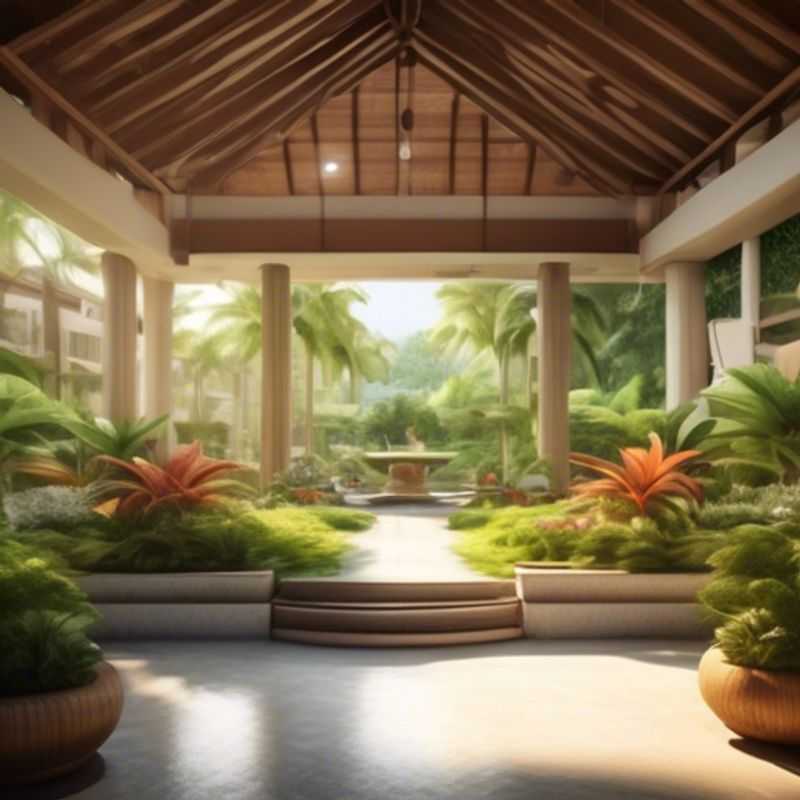
Understanding Humidity and Temperature Needs for Your Plants
Understanding the humidity and temperature requirements for your chosen plants is crucial for their healthy growth and survival. These conditions, collectively known as microclimate, directly influence plant processes like photosynthesis, transpiration, and even susceptibility to pests and diseases.
To determine the ideal microclimate for your plants, it's essential to research their specific needs. Some plants thrive in humid environments, while others prefer drier conditions. Similarly, temperature preferences vary widely, with some plants tolerating extreme temperatures, while others require more controlled conditions.
A simple internet search can provide valuable information about the humidity and temperature ranges suitable for your selected plants. Look for reputable sources, such as botanical gardens, university websites, or plant societies. You can also consult plant care guides or apps specifically designed for indoor gardening.
If you're unsure about the ideal microclimate for your plants, you can always consult a local nursery or horticultural expert. They can provide personalized guidance and recommendations based on your specific environment and plant choices. Remember, understanding the microclimate preferences of your plants is crucial for their success, ensuring they thrive in your care.
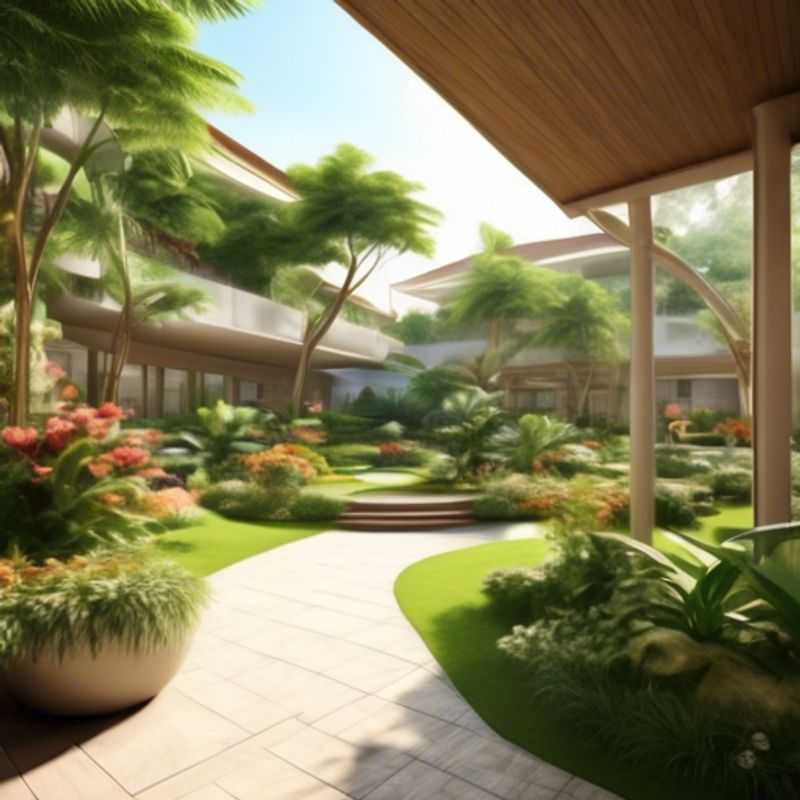
Illuminating Success: Planning for Optimal Plant Lighting
Adequate lighting is crucial for successful plant growth, whether it's natural sunlight or artificial light. Plants need light for photosynthesis, the process by which they convert light energy into chemical energy to fuel their growth and development.
Natural sunlight is the ideal light source for most plants. It provides a full spectrum of light, including red and blue wavelengths essential for photosynthesis. However, not all plants thrive in direct sunlight. Some prefer dappled shade, while others need full shade.
If you're growing plants indoors or in areas with limited sunlight, artificial lighting is essential. LED grow lights are highly efficient and energy-saving, making them a popular choice for home gardeners and commercial growers.
When choosing artificial light, consider the following factors:
Light intensity: Measure light intensity in units of lumens or foot-candles. Higher light intensity is generally better for plants, but it's important to choose the right intensity for the specific plant species you're growing.
Light spectrum: Different plants have different light spectrum requirements. Red and blue light are particularly important for photosynthesis, while far-red light can stimulate flowering. Choose lights with a spectrum that suits your plant needs.
Light duration: Most plants need a specific amount of light each day. Typically, 12-16 hours of light is adequate. Some plants may require longer or shorter periods of light depending on their species and growth stage.
Light placement: Position your lights strategically to ensure that all plant surfaces receive adequate light. Consider the angle of the light and the height of the plants.
Remember that providing adequate lighting is a crucial component of successful plant growth. With careful planning and attention to the factors discussed above, you can ensure that your plants thrive.
